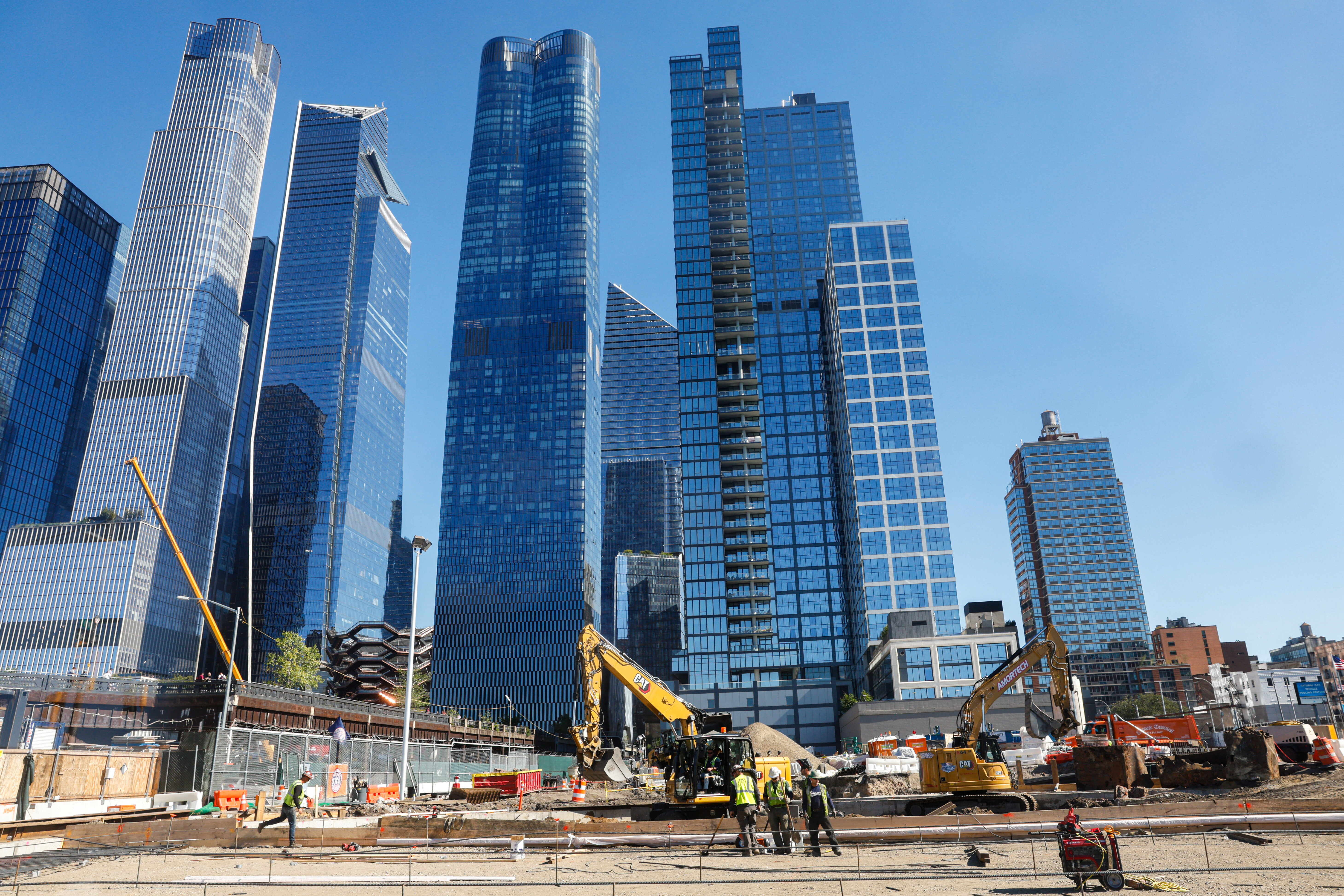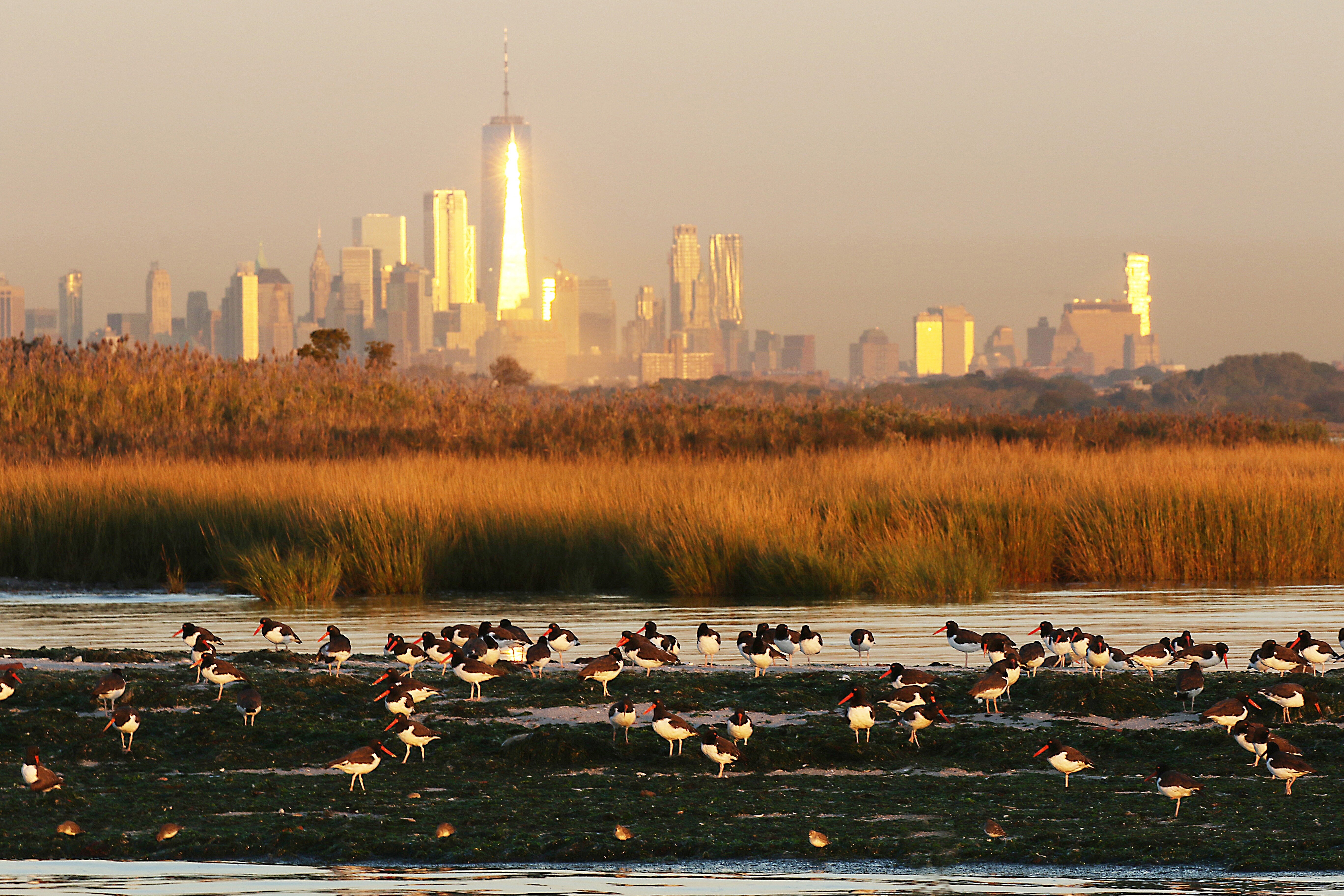Why decarbonizing US city transit begins with school buses

America's school buses must be electrified quickly to reduce their carbon footprints Image: Photo by Marcelo Cidrack on Unsplash
- School transportation is the largest mass transit system in the United States.
- Routes need to be optimized through advanced software and standard diesel buses must be switched to electric vehicles.
- Electrifying and optimizing student transportation creates a cleaner environment, shortens commutes and improves student health.
Over 26 million children ride a school bus each day in the U.S. This makes student transportation the largest mass transit system in the country (compared to the second largest: 2.9 million average daily aeroplane travellers). The majority of school buses (90%) are diesel-powered, with engines that emit 8.4 million metric tons of greenhouse gases annually. Diesel fumes have been linked to increased rates of asthma and reduced academic performance, which disproportionately impacts those in low-income and rural communities.
The U.S. government has made significant investments to help school districts adopt electric school bus fleets. The Joint Office of Energy and Transportation announced on January 9, 2024, that 280 school districts will receive nearly $1 billion for clean school buses. As things stand, only 2.5% of existing school bus fleets have committed to electrification. Driving this number higher will create a ripple effect, helping children, the environment and the economy.
How is the World Economic Forum promoting sustainable and inclusive mobility systems?
The power of electric school buses
Electric school buses have proven health and environmental benefits, which compound when combined with advanced technology. Routing optimization software, like the kind deployed at Zūm, dramatically reduces a child’s time on the bus. For instance, before working with Zūm, more than 70% of the school bus routes in Oakland, California, lasted over an hour. After a year of using Zūm's software, that number is down to 10%. A shorter commute in the morning and afternoon leaves more time for studying and extracurricular activities and leads to improved academic performance.
More effective routing also reduces the number of buses on the road. As a result of optimized routes, Oakland Unified School District (OUSD) reduced its fleet from 113 to 74 buses, resulting in less pollution, less traffic and significantly reduced cost. Today, OUSD is pouring millions of extra dollars back into educational programmes and teachers’ salaries.
Then there’s the bus itself. An electric bus doesn’t emit diesel fumes, which is significantly better for student, community and planetary health. Think of all the good we could do if we combined the transition to EVs with decarbonization technology. Additionally, through vehicle-to-grid (V2G) charging technology, electric buses can send stored energy back to the grid. With an electric fleet, a bus yard becomes a commercial-scale virtual power plant capable of reducing power demand during peak hours — vital to any power-constrained grid. School buses are, therefore, a cost-efficient mechanism for clean-energy storage and they help make a city’s power infrastructure significantly more resilient.
More understanding, more support
The school bus sector has not significantly changed in 80 years. It's time for a shake up.
Zūm has developed plans with the school districts we serve to electrify all bus fleets. To date, we have EV buses on the road in San Francisco and are kicking off our full fleet transition in Oakland. Currently, crews are working tirelessly to adapt our bus yard in Oakland, install the necessary infrastructure and connect us to the local grid. When fully implemented, the conversion of Oakland's 74 school buses to electric will create a 2.1 gigawatt-per-year virtual power plant powering one million homes for three to four hours. From there, we'll begin electrifying the rest of our fleets and provide clean power back to local grids. But much more needs to be done.

Fortunately, the Biden Administration is paying more attention to the urgent need for sustainable student transportation. In 2021, the President signed the $1.2 trillion Infrastructure Investment and Jobs Act, allocating $5 billion in new federal funding for electric and low-emission school buses. The Administration also recently took the important step of allowing private sector companies to partner with school districts to deploy electric vehicles (EV) faster and the initial results are promising.
But while this is good news, it’s still not enough. We must tout the benefits of electrified student transportation at the federal, state and local stages. Shifting from diesel to electric buses is a significant shift in city infrastructure and will only happen when leaders at every level understand and rally behind the benefits of electrified student transportation. More attention will lead to more adoption and more adoption will spur additional domestic manufacturing of electric buses, creating American jobs, reducing costs, making EV buses more accessible to low-income and rural communities and sending the demand signal that our society needs more EVs — and quickly.
An attainable solution
To have a legitimate shot at tackling the climate crisis, we must electrify transportation. We need to modernize and decarbonize — and student transportation is the perfect place to start. We’re making strides, but there’s still so much to be done. We urgently need financial and public support for electrified student buses, so we can set the wheels in motion for a cleaner, healthier future.
Don't miss any update on this topic
Create a free account and access your personalized content collection with our latest publications and analyses.
License and Republishing
World Economic Forum articles may be republished in accordance with the Creative Commons Attribution-NonCommercial-NoDerivatives 4.0 International Public License, and in accordance with our Terms of Use.
The views expressed in this article are those of the author alone and not the World Economic Forum.
Stay up to date:
Cities and Urbanization
Related topics:
Forum Stories newsletter
Bringing you weekly curated insights and analysis on the global issues that matter.







